Archaeologists discover mummies with solid-gold tongues in Egypt
Archaeologists in Egypt have uncovered several ancient mummies with solid-gold tongues in their mouths.
The bizarre finding was made when preserved corpses were unearthed at the Quweisna necropolis in the central Nile Delta, about 40 miles north of Cairo, dating between 300 BCE and 640 BCE.
Experts investigating tombs at the site found several mummies with gold chips shaped like human tongues in their mouths, said Dr. Mustafa Waziri, secretary-general of the Supreme Council for Archeology, in a press release.
Experts believe the real tongues of the dead were cut out during the embalming process and replaced with a piece of gold resembling the organ so that the deceased could speak to Osiris, the ancient Egyptian “Lord of the Underworld.”
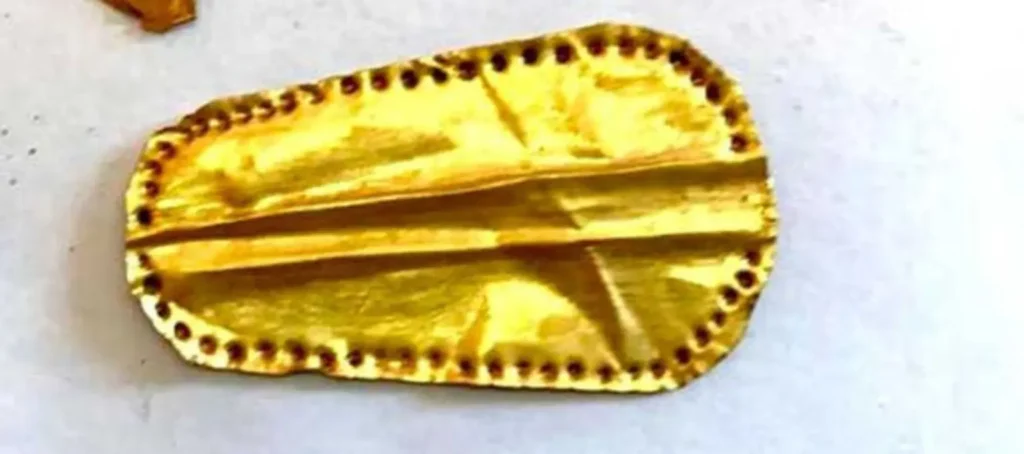

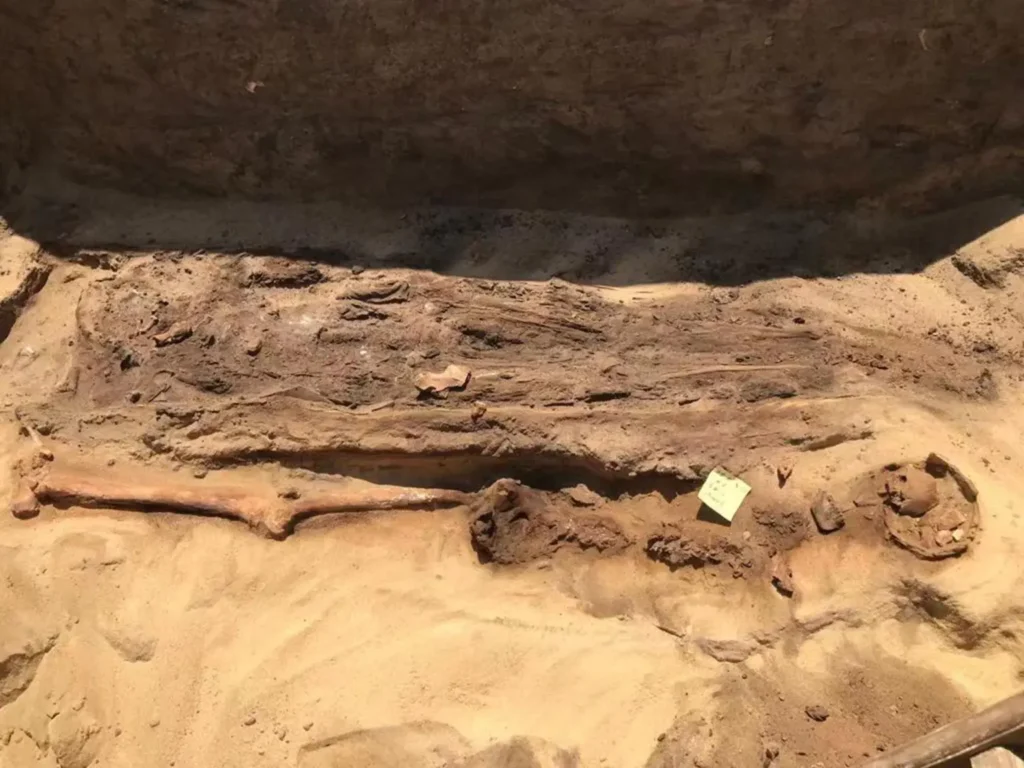
According to Waziri, several mummies were discovered with gold on the bone directly beneath the linen wraps used during the mummification process.
The mummies were said to be in a poor state of preservation.
Also found at the ancient cemetery were golden chips fashioned into scarab beetles and lotus flowers, as well as funerary amulets, pottery, glues and tar used in the embalming process, the remains of wooden coffins in the human form and several copper nails.
The necropolis at Quweisna first was discovered in 1989, leading to several rounds of excavations over the past three decades.
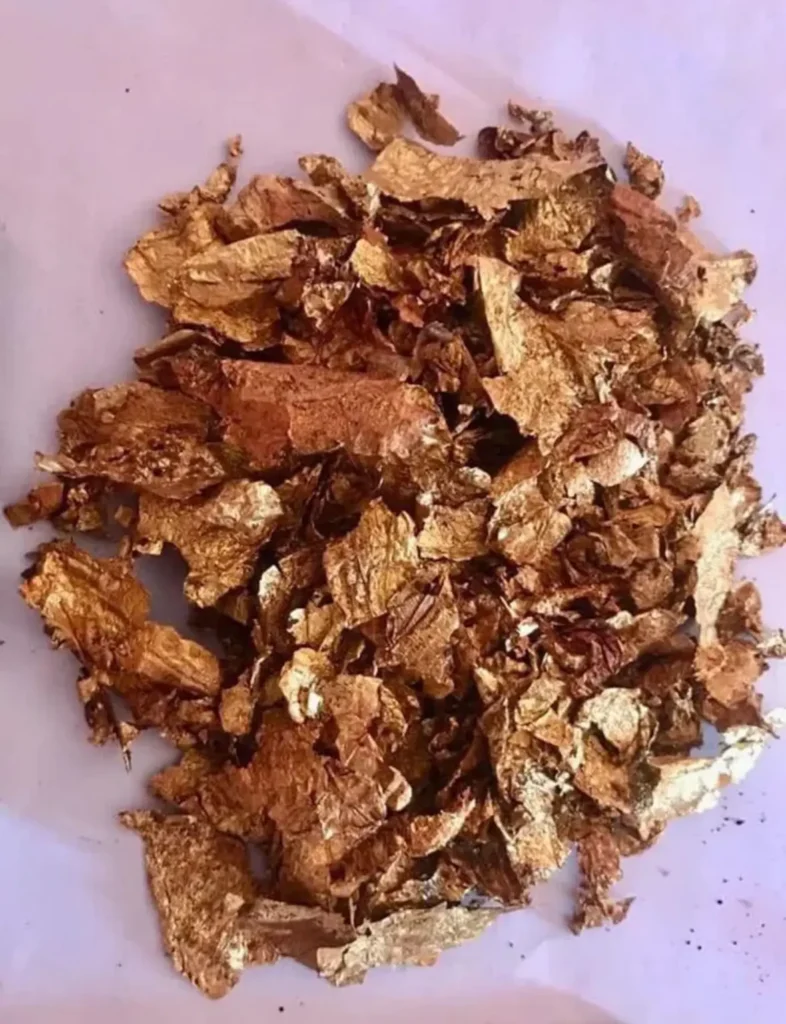
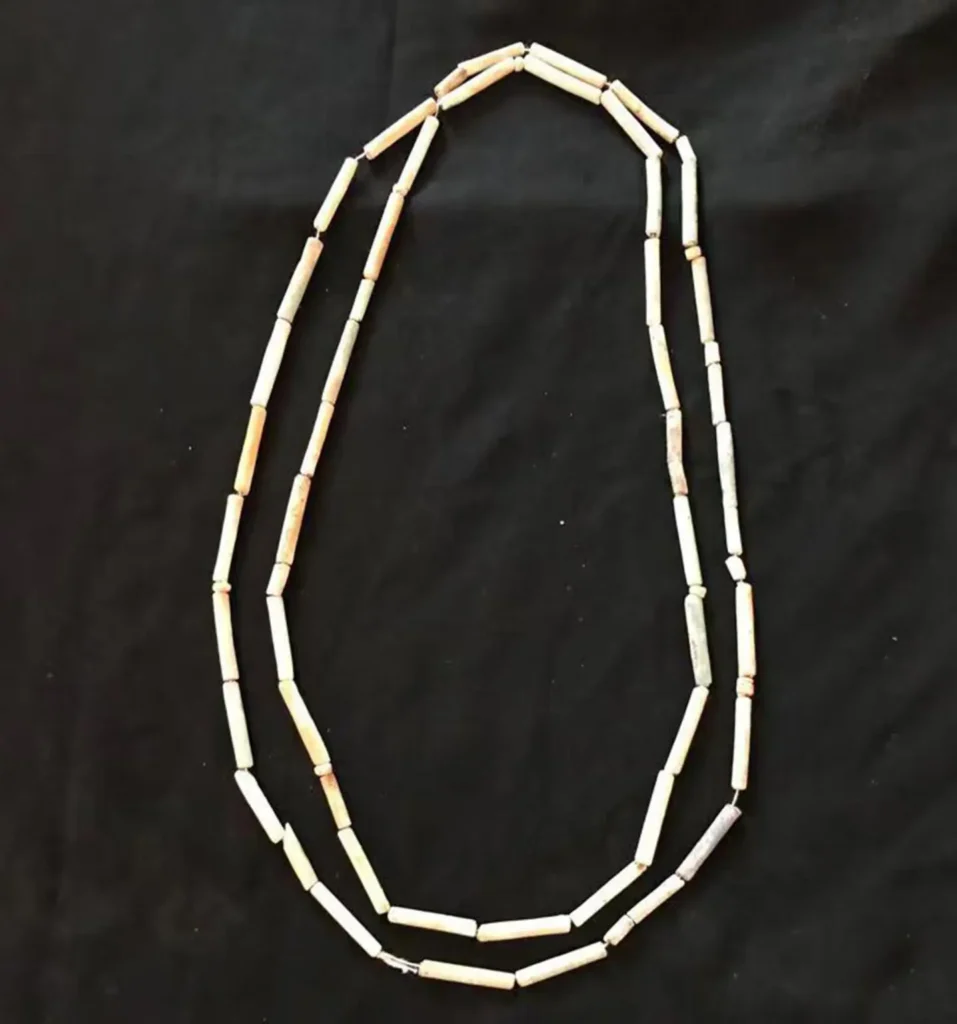
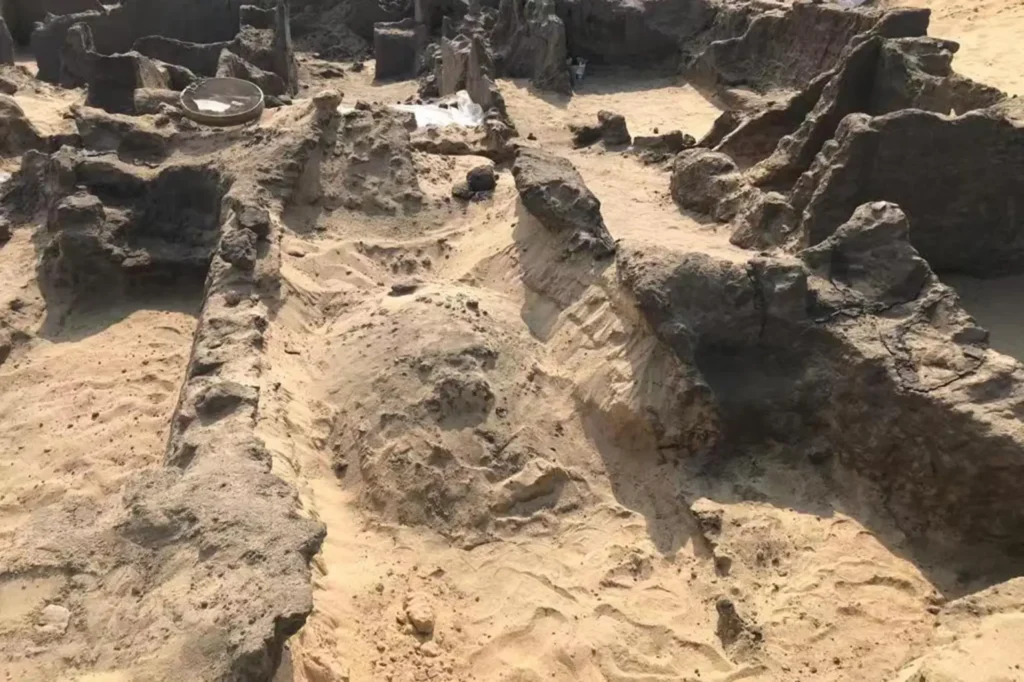
The golden-tongued mummies were found in a recently uncovered extension of the cemetery, which contained cadavers that were laid to rest during three different historic periods.
Each of the burial levels displayed evidence of different rituals and various ways of laying the mummies to rest, said Dr. Ayman Ashmawi, head of the Egyptian archeology sector at the Supreme Council of Archeology.
This is not the first time that mummies adorned with precious metals have been discovered in Egypt.

In 2022, archeologists dug up a 2,000-year-old skull with a tongue-shaped gold chip in its gaping mouth at a site near the city of Alexandria known as Taposiris Magna, which means “great tomb of Osiris.”
